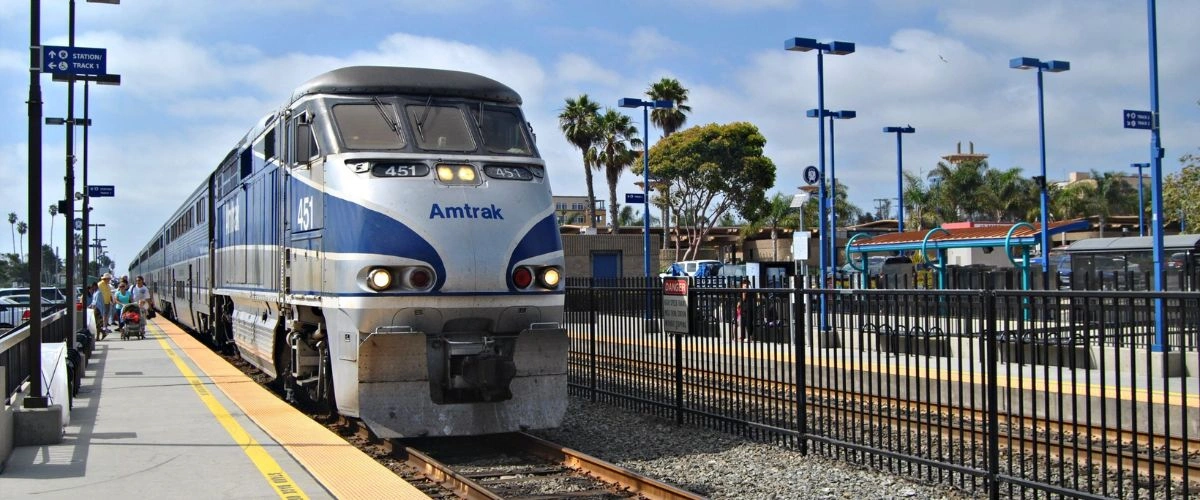
What is the Amtrak 750-mile rule?
The Amtrak 750-mile rule is a simple law that says if a train route is 750 miles or longer, it is considered a long-distance route. These routes get money from the federal government to help pay for the trip. If a route is shorter than 750 miles, it is treated differently; the states where the train travels usually have to share the cost. This rule affects how Amtrak plans and pays for its train routes, deciding which trips get federal money and which need state support. This blog explained the Amtrak 750-mile rule and how it decides which train routes get federal money and which need states to help pay.
Amtrak’s Route Categories
Amtrak has three main types of routes based on distance, ownership, and funding:
- Northeast Corridor (NEC): This is a 457-mile route between Washington, D.C., and Boston. Most of this track is owned by Amtrak, and it has a special funding setup separate from other routes.
- Long-Distance Routes: These are routes longer than 750 miles. They receive direct funding from the federal government to cover operating costs.
- State-Supported Routes: These routes are 750 miles or less. They require the states where the trains run to provide financial support and help decide how the service operates.
Each category influences how Amtrak manages and funds the trains, affecting the types of services passengers receive. Understanding these categories helps you explain why some routes operate differently and how funding decisions are made.
How the Amtrak 750-Mile Rule Shapes U.S. Passenger Rail Funding and Service?
The 750-mile rule determines how passenger rail routes in the United States are funded and managed. Its effects influence both state and national passenger rail operations.
- State funding responsibility: Routes shorter than 750 miles must be primarily financed by the states they serve. This creates financial challenges for states trying to start or grow regional rail services.
- Limited national network growth: Because only routes over 750 miles receive federal funding, expansion of the national network has been slow. States often lack the resources or coordination to develop new interstate routes on their own.
- Uneven service availability: Wealthier or transit-focused states can maintain or expand service, while others struggle, leading to unequal access to rail transportation across regions.
- Policy reform discussions: Lawmakers and transportation officials continue to debate changes to the rule to allow more federal involvement, encourage collaboration among states, and improve the reach of passenger rail service.
Frequently Asked Questions
It requires states to fund Amtrak routes shorter than 750 miles, while routes longer than 750 miles get federal funding.
Long-distance routes are train services that travel more than 750 miles. These routes connect cities across multiple states and regions.
Unlike shorter routes, long-distance routes receive direct funding from the federal government to cover operating costs.
Routes under 750 miles are considered state-supported. The states where the train travels usually share the cost of these routes.
The funding rule affects how Amtrak plans its services and decides which routes get federal support versus state support, impacting the expansion and maintenance of passenger rail nationwide.

